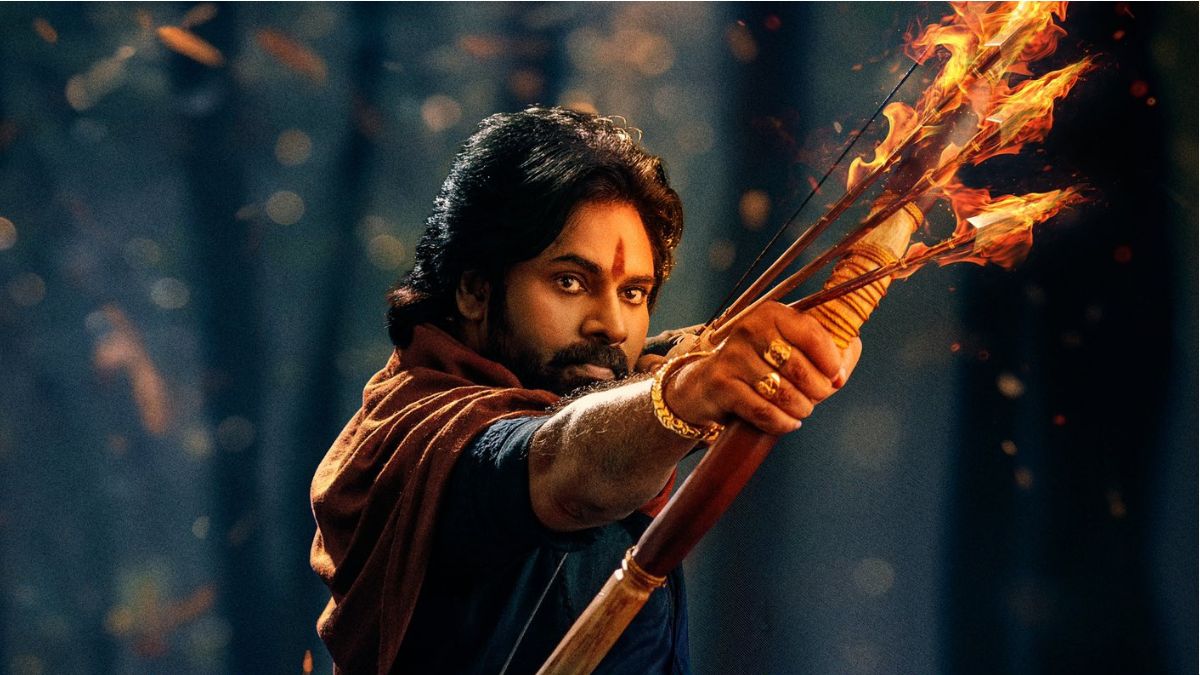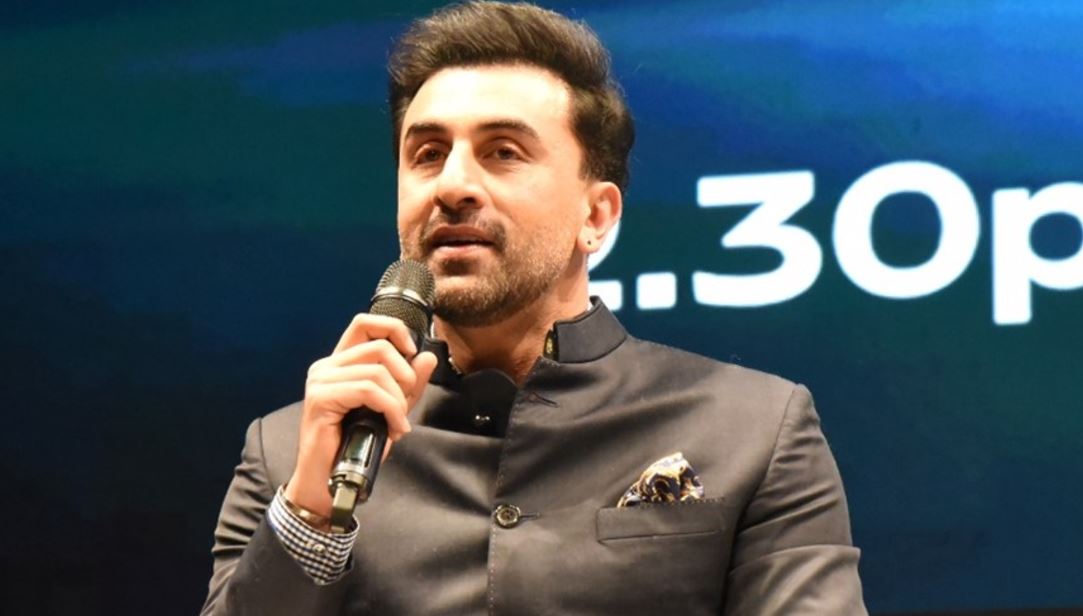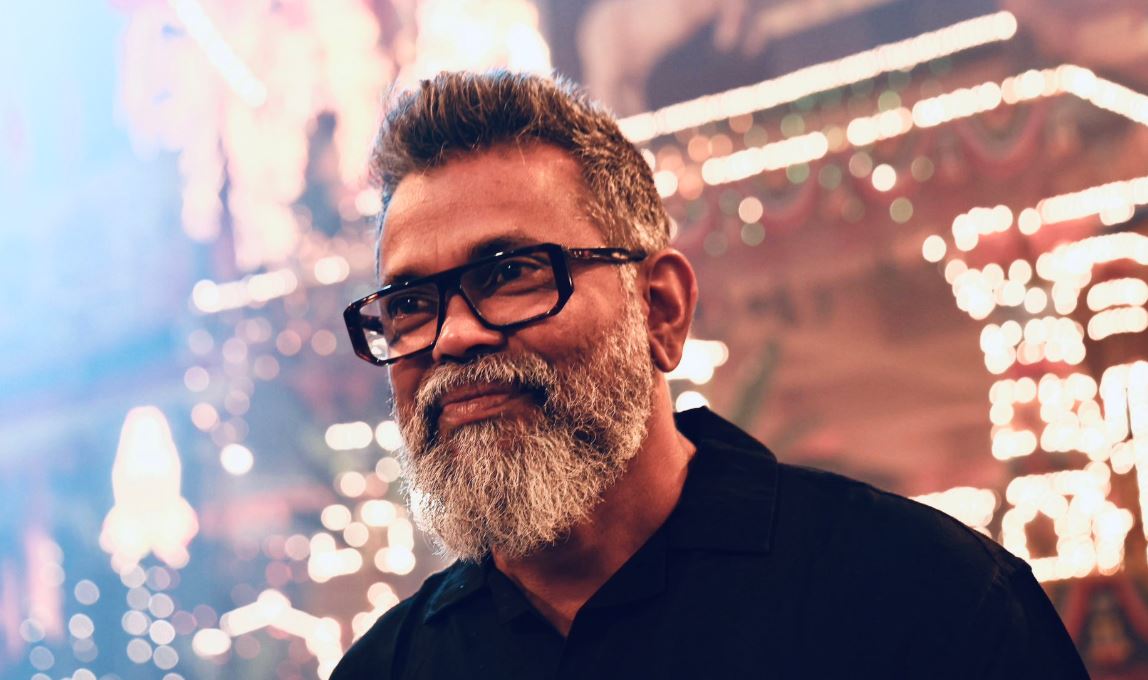Alluri Sitarama Raju, one of the heroes of the Telugu region who fought against the British and gave sleepless nights to the empire on which the sun never sets, He built an army on his own to fight the British Raj. He stood by the Tribals against the anarchy of the English men. He was martyred at the hands of the white men in a gruesome manner.
Every year on July 4, the Andhra Pradesh government officially organises the Alluri Sitarama Raju birth anniversary celebrations. This year the state government inaugurated a 30 ft. bronze statue in Bhimavaram on the occasion of the 125th birth anniversary. On this occasion, let’s learn interesting things about this Manyam hero.
Childhood and Education
Sitarama Raju was born on July 4, 1897 in Mogallu, West Godavari district, in the Alluri clan. Sitarama Raju was known as Chittibabu as a child. He lost his father at the age of four and grew up surrounded by hardships. Alluri’s education did not go so well, as financial difficulties and health problems surrounded him in his childhood. He dropped out of school after being beaten by the principal one day. He stayed with his mother in Thuni until 1918. At that time, he saw the tribal way of life closely. That’s when he learned astrology, Hatha Yoga, and Sanskrit. Ramaraja, who had pious and leadership qualities since childhood, also did meditation for some time on a hill near Thuni. He also learned to ride a horse during his school days.
The Beginning of the Revolt
In 1916, Alluri went on a tour of North India for the first time. Meeting people like Surendra Nath Banerjee and attending the Congress Mahasabha filled him with the spirit of the fight back movement. He also received hermitage and became a yogi there.He also studied many languages and skills during this trip. After that, in 1918, he went on a trip once again. After that, Sitarama Raju quickly became close to the people of Manyam due to his knowledge of martial arts and Ayurveda. He strived to solve their problems. He united the tribes and fought against the atrocities of the British government. The Koya tribal brothers, Mallam Dora and Ghantam Dora, extended their support to Rama Raju. Initially, they filed petitions about their problems. But as the British did not pay attention, they chose to fight back for their rights. In order to restrict Rama Raju, the British government tried to bribe him with 60 acres of land, but Rama Raju stuck with his people and freedom movement.
Rampa Movement
The Rampa movement, which took place between 1922 and 1924, was a setback for the British Raj. With limited resources and weapons like arrows, Rama Raju became the nightmare of British officials. Alluri fought against the injustice done to the tribals by the laws that were brought to loot the forest wealth and the wage system. But realising that they could not fight the British with traditional weapons, Alluri, along with 300 warriors, attacked Chintapalli, Krishna Devpet, Rajavommangi, Addathigala and other police stations and collected weapons. Thus, Raju became the hero of the tribals. But, soon, things started falling apart for him and his team. In December, his revolutionary army suffered its first setback. Many of Raju’s army were killed in the crossfire at Pedhagadapalem. After that, he remained stagnant for four months and started fighting again in 1923. It was at this point that Ramaraj’s feud with the British government intensified.
Heroic Death
In 1924, the British appointed a special officer named Rutherford to assassin Raju. Alluri Sitarama Raju was one of the most cruel officers of the British Raj. He used to beat up and harass the tribal people to get information about Alluri Sitarama Raju. He even killed many tribals for not revealing any information about Raju. The government even announced rewards for the people who gave information about Raju’s location. Alluri, shocked by the gruesome harassment of tribals, informed the police about his whereabouts. On May 7, 1924, Alluri was tied to a tree and shot dead by British officers without any trial. He’s one of the bravest freedom fighters our country has seen in our history.
On the occasion of Alluri’s 125th birth anniversary, Prime Minister Modi unveiled a 30-foot bronze statue in Bhimavaram.



















